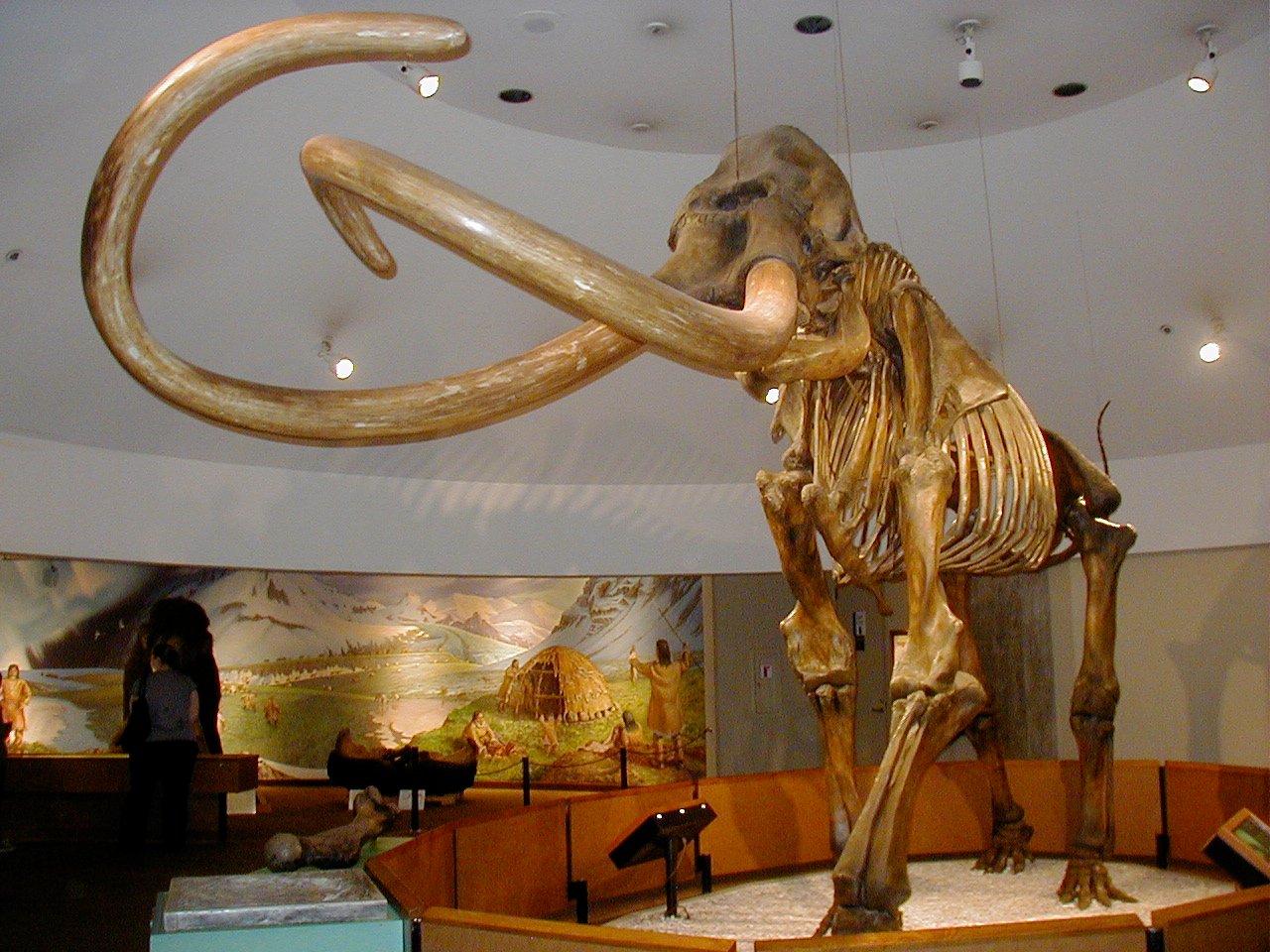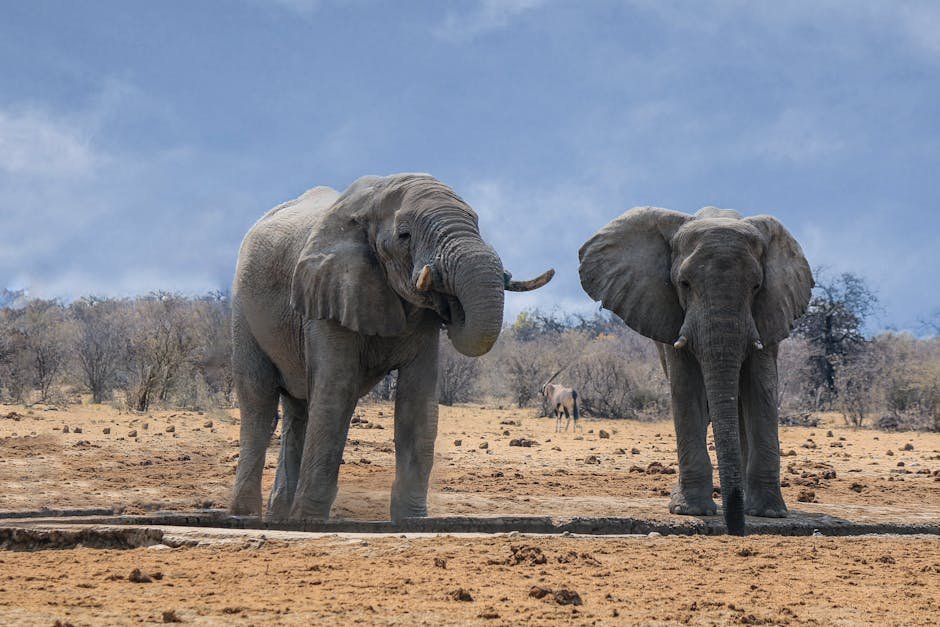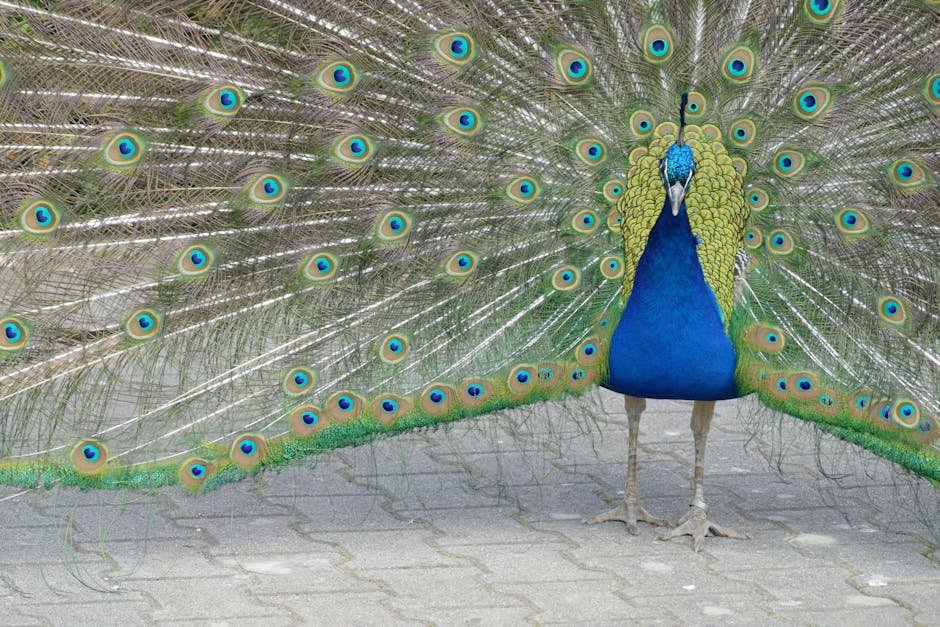Evolution is a fascinating dance between time and nature, where the tiniest organisms can transform into giant marvels. Imagine an ant the size of a dog, or a rabbit as big as a deer. While these might sound like scenes from a science fiction movie, the natural world is replete with examples of small creatures growing to enormous sizes over evolutionary time scales. This intriguing phenomenon, often referred to as “gigantism,” invites curiosity and wonder. But why does evolution keep producing these colossal versions of typically small animals? Let’s embark on a journey to uncover the reasons behind this evolutionary wonder.
The Allure of Gigantism
In the evolutionary playbook, gigantism is a recurring theme. Why is that? One reason is the survival advantage that size can offer. Larger animals often have fewer predators; a giant tortoise, for instance, is less likely to be preyed upon than its smaller relatives. Size can confer a sense of safety, much like a fortress offers protection to its inhabitants. Moreover, gigantism can also enhance access to resources. Consider the enormous blue whale; its immense size allows it to travel vast distances in search of food, reaching areas that smaller creatures might never access.
Island Gigantism: Nature’s Isolated Experiment
Islands are unique ecosystems where evolution often takes unusual turns. In these isolated environments, small animals sometimes evolve into larger versions of themselves, a phenomenon known as “island gigantism.” For example, the famed Komodo dragon is a giant lizard that thrived on Indonesian islands. With fewer predators and competitors, these creatures could grow larger without the usual constraints. The limited resources on islands mean that being bigger can help in accessing scarce food sources, leading to an evolutionary edge.
Climate and Size: A Historical Perspective

Throughout Earth’s history, climate has played a significant role in determining the size of animals. During colder periods, like the Ice Ages, larger animals had an advantage due to their ability to retain heat better. This phenomenon, known as Bergmann’s Rule, suggests that larger sizes are favored in cooler climates. Woolly mammoths, with their massive frames and insulating fur, are a testament to this rule. Their size not only helped them stay warm but also allowed them to store more energy, crucial for survival in harsh, frigid environments.
Predation and Defense: A Battle of Sizes
In the wild, the relationship between predators and prey is a constant arms race. One way prey animals can evade predators is by growing larger. A giant prey animal is harder to take down, offering it a better chance at survival. Conversely, predators might also evolve into larger versions to tackle these colossal prey effectively. This dynamic interplay between predator and prey can drive the evolution of gigantism in both groups, creating a fascinating balance in nature.
Resource Availability: Size Matters
Abundant resources can lead to larger animal sizes. In environments where food is plentiful, animals can afford to grow bigger. The colossal size of prehistoric creatures like the sauropod dinosaurs was possible because of the abundant vegetation available during their time. When resources are not a limiting factor, evolution seems to favor larger sizes, enabling animals to maximize their reproductive success by producing more offspring.
Energy Efficiency: The Bigger, The Better?

Interestingly, larger animals tend to be more energy-efficient. This means they can travel greater distances using less energy per unit of body mass. Consider the elephant, which can roam vast savannas with ease, consuming less energy relative to its size compared to smaller animals. This energy efficiency can be a significant evolutionary advantage, allowing large animals to explore wider territories and access more diverse food sources.
Genetic Mutations: Nature’s Unplanned Experiments
Genetic mutations are like nature’s experiments, occasionally leading to unexpected traits, including gigantism. These mutations can sometimes result in advantageous traits that get passed down through generations. If a mutation leads to a larger size that offers survival benefits, it can become more prevalent in the population over time. This process is a testament to the randomness of evolution, where beneficial mutations can shape the future of entire species.
The Role of Sexual Selection

In the animal kingdom, size can be a critical factor in attracting mates. Larger animals might have a better chance of winning over potential partners, leading to greater reproductive success. This aspect, known as sexual selection, can drive the evolution of larger sizes. For instance, male peacocks with larger, more extravagant tails often have better mating success, showcasing how size and display can influence evolutionary pathways.
Limitations of Gigantism: The Other Side of the Coin
While gigantism offers many advantages, it also comes with challenges. Larger animals require more food and space, making them vulnerable to changes in the environment. They are also more susceptible to extinction, as seen with the dinosaurs. The balance between the benefits and drawbacks of gigantism is delicate, and any shift in environmental conditions can tip the scale, leading to the decline of these giants.
Lessons from Nature’s Giants

Nature’s giants offer valuable insights into the complexities of evolution. They remind us of the intricate balance between environment, genetics, and survival strategies. As we explore the reasons behind the evolution of giant versions of small animals, we gain a deeper appreciation for the wonders of nature. Understanding these evolutionary processes can also shed light on the future of biodiversity and the challenges that lie ahead in a rapidly changing world.




